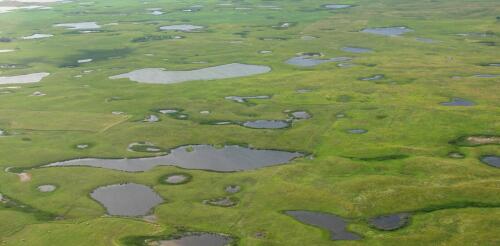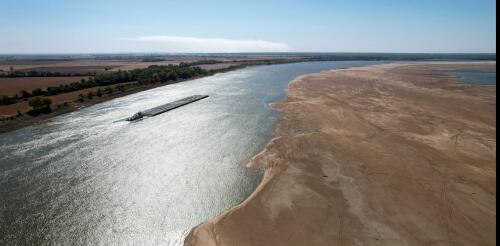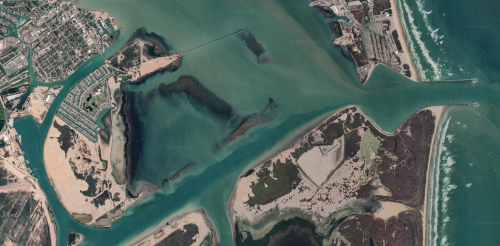Dredging
The U.S. Supreme Court has ruled in Sackett v. EPA that federal protection of wetlands encompasses only those wetlands that directly adjoin rivers, lakes and other bodies of water. This is an extremely narrow interpretation of the Clean Water Act that could expose many wetlands across the U.S. to filling and development. Under this keystone environmental law, federal agencies take the lead in regulating water pollution, while state and local governments regulate land use. Wetlands are areas where land is wet for all or part of the year, so they straddle this division of authority. Swamps, bogs, marshes and other wetlands provide valuable ecological services, such as filtering pollutants and soaking up floodwaters. Landowners must obtain permits to discharge dredged or fill material, such as dirt, sand or rock, in a protected wetland. This can be time-consuming and expensive, which is why the Supreme Court’s ruling on May 25, 2023, will be of keen interest to developers,...
Rivers are critical corridors that connect cities and ecosystems alike. When drought develops, water levels fall, making river navigation harder and more expensive. In 2022, water levels in some of the world’s largest rivers, including the Rhine in Europe and the Yangtze in China, fell to historically low levels. The Mississippi River fell so low in Memphis, Tennessee, in mid-October that barges were unable to float, requiring dredging and special water releases from upstream reservoirs to keep channels navigable. Conditions on the lower Mississippi may be easing somewhat, thanks to early winter rains. But as Earth scientists at the University of Memphis, we see this year’s dramatic plunge in water levels as a preview of a climate-altered future. River barges are an efficient way to transport bulk commodities, such as grain shipments, and heavy equipment over long distances. But that’s true only for normal water conditions. Increased swings between extreme low...
The U.S. Supreme Court opens its new session on Oct. 3, 2022, with a high-profile case that could fundamentally alter the federal government’s ability to address water pollution. Sackett v. EPA turns on a question that courts and regulators have struggled to answer for several decades: Which wetlands and bodies of water can the federal government regulate under the 1972 Clean Water Act? Under this keystone environmental law, federal agencies take the lead in regulating water pollution, while state and local governments regulate land use. Wetlands are areas where land is wet for all or part of the year, so they straddle this division of authority. Swamps, bogs, marshes and other wetlands provide valuable ecological services, such as filtering pollutants and soaking up floodwaters. Landowners must obtain permits to discharge dredged or fill material, such as dirt, sand or rock, in a protected wetland. This can be time-consuming and expensive, which is why the case is of keen...
Centuries ago, estuaries around the world were teeming with birds and turbulent with schools of fish, their marshlands and endless tracts of channels melting into the gray-blue horizon. Fast-forward to today, and in estuaries such as New York Harbor, San Francisco Bay and Miami’s Biscayne Bay – areas where rivers meet the sea – 80% to 90% of this habitat has been built over. The result has been the environmental collapse of estuary habitats and the loss of buffer zones that helped protect cities from storm surge and sea-level rise. But the damage isn’t just what’s visible on land. Below the surface of many of the remaining waterways, another form of urbanization has been slowly increasing the vulnerability of coastlines to extreme storms and sea-level rise: Vast dredging and engineering projects have more than doubled the depths of shipping channels since the 19th century. Side-by-side illustrations sho...



